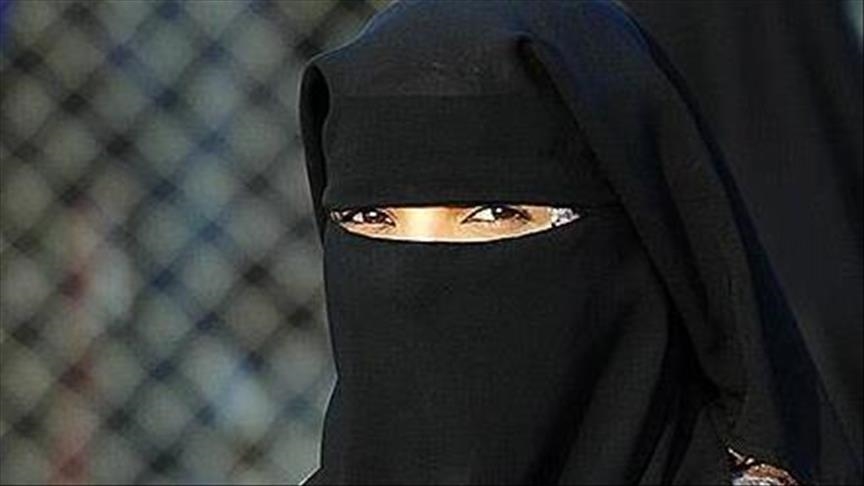
El Nino jeopardizing domestic animals, wildlife alike in Zimbabwe
Pastures that have fed many cattle are no more- Domestic and wild animals are getting killed by drought- Amid El Nino drought, many have become cattle-poor overnight
By Jeffrey Moyo
HARARE, Zimbabwe (AA) - A month ago, 56-year-old Thulani Bhebhe owned a herd of 23 cattle, but that’s no longer the case thanks to a rampaging El Nino-induced drought that has not spared his home area in Zimbabwe’s Matabeleland North province.
In Tsholotsho district, where he has lived since birth, the El Nino has left trails of disaster.
For Bhebhe, pastures that have fed many cattle like his are no more.
“The grass has been scorched by the severe heat and the trees are dying, and the small dams that have provided water to our livestock have dried up,” he told Anadolu.
“We are faced with a disaster. I no longer have cattle just because of this latest drought.”
Not only domestic animals are perishing in this southern African country, but even the wildlife has not been spared by the marauding El Nino drought.
Tinos Malaba, a wildlife conservationist based in Hwange, said wild animals straying from Hwange National Park were dropping dead due to the drought.
“Every day, villagers here are having to encounter carcasses of dead wild animals. These animals die often in search of water and pastures to feed,” said Malaba.
Severe temperatures have been a hallmark of the climate crisis in Zimbabwe, where disruptions in rainfall have wrought havoc on the country's wildlife and domestic animals.
Yet the raging El Nino is not the first of its kind in the southern African nation.
Five years ago, more than 200 Zimbabwean elephants perished in a severe drought, according to the International Fund for Animal Welfare (IFAW).
In addition, in 1992, the worst drought in living memory hit Zimbabwe and the entire southern African region, leaving well over a million cattle dead and some wells and perennial rivers dry.
Amid the current El Nino drought, Hwange National Park’s 45,000 elephants stand at greater risk, as a fully grown elephant requires about 200 liters of water daily.
In November and December last year, Zimbabwe lost 7,000 cattle as the drought peaked, according to the Department of Livestock and Veterinary Services.
In the Matabeleland provinces, where many like Bhebhe have become cattle-poor overnight, 2,427 cattle were killed by the El Nino drought, based on statistics from the department.
Tinashe Farawo, spokesperson for the Zimbabwe Parks and Wildlife Management Authority (ZimParks), could not immediately provide the number of wild animals that have so far succumbed to the drought.
“We are yet to record those cases,” Farawo told Anadolu.
But cattle farmers like Bhebhe still nurse the pain of losing their cattle to the drought.
Over the past five years, more than 500,000 cattle were lost in Zimbabwe due to tick-borne disease as well as a series of droughts.
- 'No options left'
Earlier this year, the United States Agency for International Development (USAID) and the UN’s Food and Agriculture Organization (FAO) unveiled a $2.7 million fund to rescue Zimbabwe’s perishing cattle herd.
Zimbabwe currently has a total herd of 5.6 million cattle as the ragging El Nino has continued to claim more and more of the beasts.
Yet in the bushes and the country’s national wildlife parks, more horrible scenes are going unnoticed—more deaths of the wild animals amid dwindling pastures and water in waterholes.
Bhebhe, having lost all his cattle, has shifted his hopes to the government authorities.
“I have no options left. I just hope the authorities will come up with solutions that will enable people like me to own cattle again,” he said.
Although Bhebhe said people like him are yet to see any help from the authorities as villagers’ cattle continue to die, the Zimbabwean government in December last year embarked on a program to drill boreholes for the desperate cattle so they could have water for drinking.
Yet for Bhebhe, water alone won’t be enough for the perishing livestock.
“The cattle need feeding. The government can’t provide the pastures, but the rains can. The question is if the water can now come from the boreholes for the remaining cattle, where will the pastures come from?”
Kaynak:![]()
This news has been read 474 times in total









Türkçe karakter kullanılmayan ve büyük harflerle yazılmış yorumlar onaylanmamaktadır.